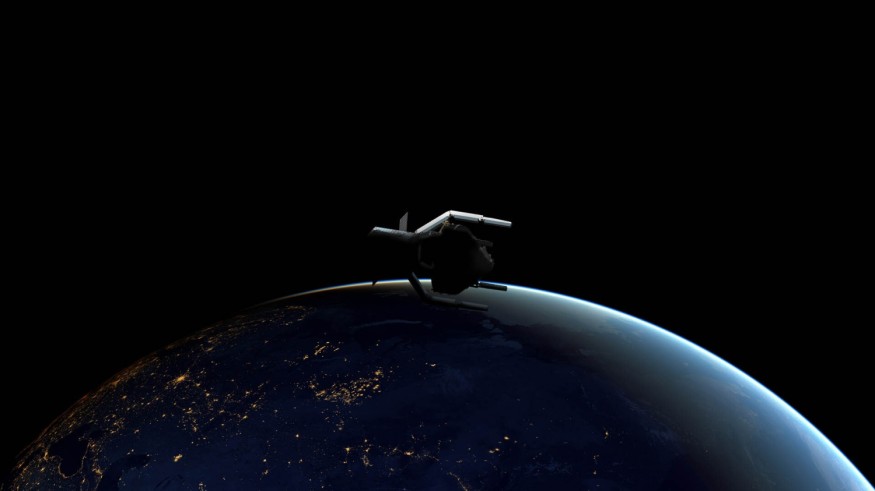
Cleaning the space is probably something the common people have never heard of nor have even think of, but the European Space Agency (ESA) announced on Monday that they will be launching a space robot to do the first space cleanup mission.
According to the space organization, space junk, including chunks of dead satellites and discarded rockets, were piling up on the Earth's orbit.
To eliminate the extraterrestrial junkyard, the Swiss startup ClearSpace developed a four-armed robot that will be launched to the space to grab the cone-shaped rocket debris that was once part of the rocket launched by ESA six years ago.
Once the robot has successfully latched onto it, it will return to the Earth and be incinerated as it dives down, according to the ESA.
Luc Piguet, the founder of ClearSpace, said in a press release that the mission is timely because there is more space junk than functioning satellites.
The space mission, dubbed as ClearSpace-1, will be launched in early 2020. If it's successful, more will follow until it officially begins about five years from now.
The Clean-up Effort
The world has been dealing with space wasteland for a few decades already. Before this space clean-up mission, multiple ideas were already proposed before by multiple space agencies, including ESA. Some of those are launching junk-collecting nets and harpoons.
Other than this robot, some technologies are currently being developed. For instance, Japan is developing a satellite that uses magnets to collect debris. Last year, the UK also made an experimental device that involved net launchers.
Unfortunately, progress is slow because of financial incapacity. For instance, the prototype released by the UK had caused around $17 million, which is already considered as cheap for such missions. The ClearSpace-1 has a budget amounting to $111 million.
But other than collecting the debris, independent companies like SpaceX are developing satellites programmed to return to the Earth once its usability has ended. It is a prevention tactic.
There is currently still no international settlement regarding space waste accumulation.
Why does it matter?
According to ESA, at least 170 million pieces of space debris has accumulated in the world's orbit ever since the first space mission--the Sputnik 1 satellite of Soviet Union--was launched in 1957. These are mostly dead satellites, rocket boosters, and some small space collision debris.
The movement of this cosmic debris, with some of them moving faster than a bullet, could cause space collision and damage our satellites -- which play a major role in transferring essential information like weather forecasts and GPS. It can also pose a threat to man-operated spacecraft and kill the astronauts working inside.
The director of ESA, Jan Woemer, compared it to sailing to high seas if ship debris were still floating on the top of the water. He said it is dangerous and must be eliminated right away.
The ESA also added that without intervention, it is almost impossible for this debris to leave our orbit. And even if the space launches will be discontinued immediately, the junks will break down into pieces through collisions and worsen the problem.
ALSO READ: Why Billion-Dollar Space Debris Endangers Your Signal Reception
© 2025 NatureWorldNews.com All rights reserved. Do not reproduce without permission.





